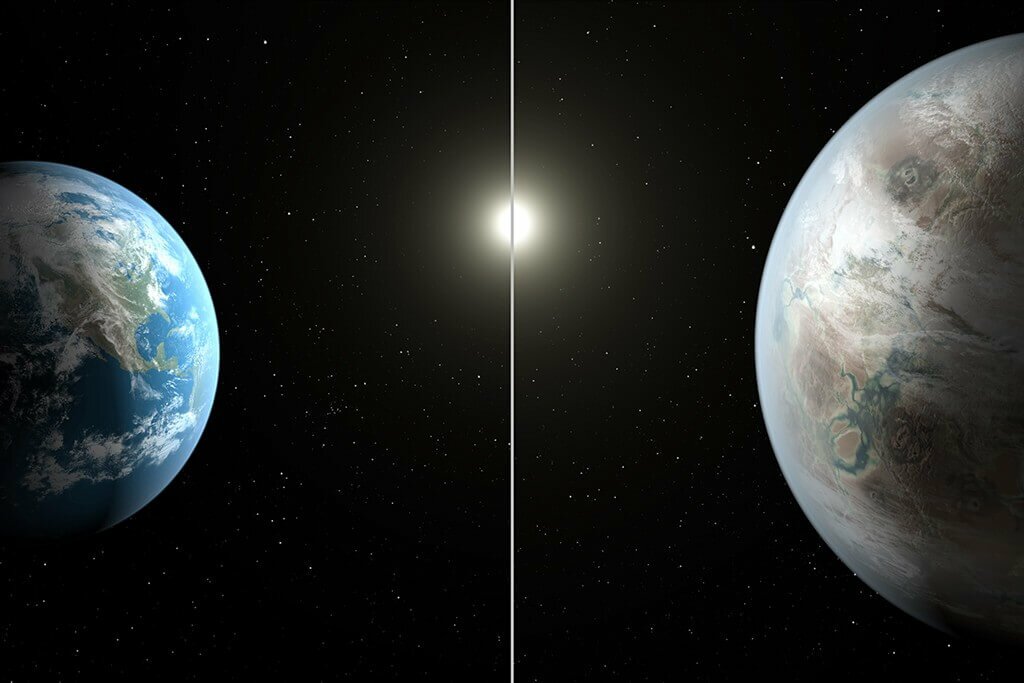“It is the closest thing that we have to another place that somebody else might call home”, said Jon Jenkins, the lead data analyst from NASA’s Ames Research Center in California. NASA said the star, Kepler-452, also has the same temperature as our Sun and has a diameter 10 percent larger.
Kepler-452b’s star – a G2-type star – bears resemblance to our own Sunday.
“Kepler 452b is one small step in answering the question [of are we alone] today”, said John Grunsfeld, associate administrator of NASA’s Science Mission Directorate, in a press conference.
The comment, “Even Earth has found its other half, why am I still single?” became so popular that it’s hard to trace its original writer.
Kepler-452b is 60 per cent larger in diameter than Earth and is considered a super-Earth-sized planet. However, its host star is 6 billion years old, 1.5 billion years older than our Sunday. It is the first near-Earth-size planet orbiting in the habitable zone of a sun-like star, found using data from NASA’s Kepler mission.
Millions of Chinese are excited by the administration’s discovery of a planet that it says has a “substantial opportunity” to host life, but this has been tempered by the realisation that they will not be able to visit Kepler-452b because it is unsuitable for human survival, state-run Xinhua news agency reported.
“Discovery and Validation of Kepler-452b”, was recently accepted for publication in The Astronomical Journal (PDF). The star is the same surface temperature and type as the sun, a G2 star.
The discovery was made through NASA’s Kepler telescope.
The Kepler spacecraft has found more than 4,000 planets since it started looking for signs of new worlds outside the Solar System in May 2009.
If the planet is indeed rocky, geologists believe its mass would be five times that of Earth and its gravity would be twice Earth’s.
Kepler-452b takes 385 days to complete an orbit around its star, just 5% longer than Earth’s orbit. The planet also could have a thick atmosphere, cloudy skies and active volcanoes, Jenkins said. What makes the discovery especially intriguing is that the planet is orbiting the habitable zone of the solar system, the “Goldilocks” region where it’s not too hot or too cold, so that the surface of the planet could sustain liquid water.
The Kepler-452 system is located 1,400 light-years away in the constellation Cygnus. The latest catalog includes 12 candidates that orbit in the habitable zones of their stars. Sophisticated computer programs and follow-up observations with a ground-based telescopes then determine if some of the light dips were caused by planets passing in front of their parent stars, relative to Kepler’s line of sight.
These findings, presented at the seventh Kepler Candidate Catalog, will be submitted for publication in the Astrophysical Journal.
